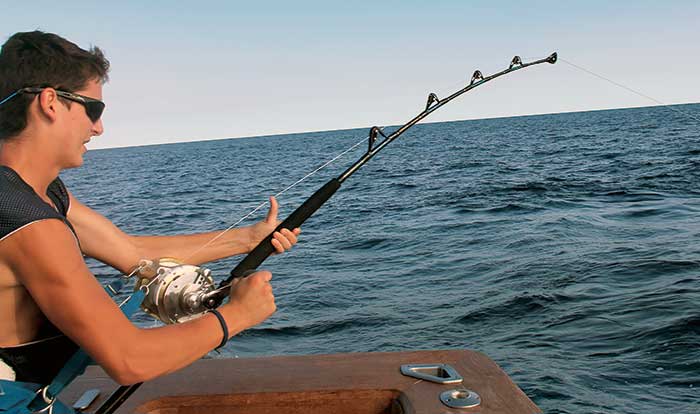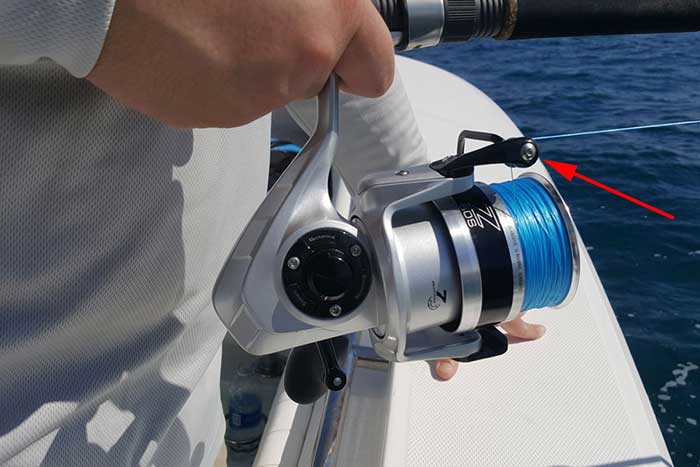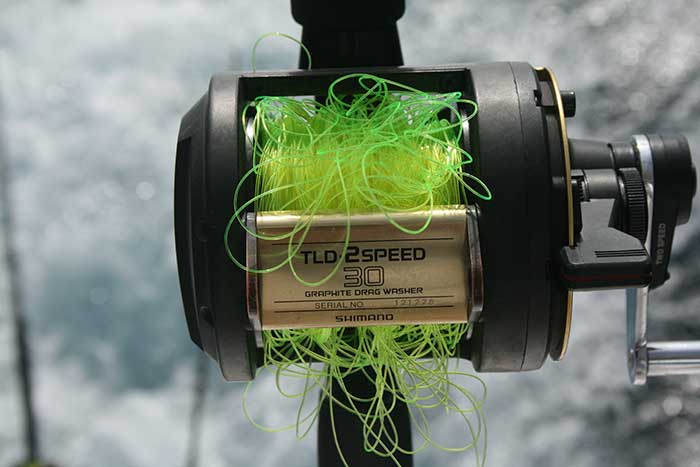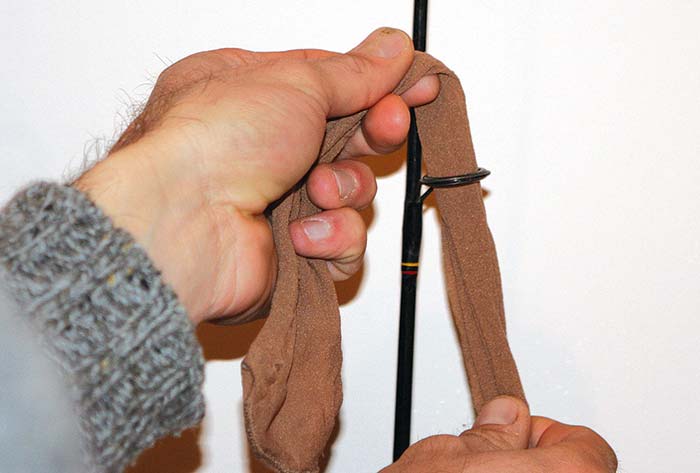Advertisement
Every angler needs to know these techniques to keep fishing gear in tip-top shape.

Like most things in life, it's best to go in prepared, and that's most certainly true for fishing. When Bubba strikes, you'd better have all your gear in ideal condition. A sticky drag, nicked line, or unseen speck of corrosion could turn that catch of a lifetime into a near miss — all because of some tackle-maintenance snafu. Use these 10 tips to make sure that when your dream fish strikes, it doesn't end up being just another fish-that-got-away story.

1. Lubricate the roller bearing on your spinning reels at least once a season. Average anglers ignore this little roller (mounted where your line passes across the bail), but it vastly reduces friction between your line and the metal bail. Friction causes heat, and heat causes your line to snap at a lower breaking point.
2. Lubricate the gears inside your reel's body — but don't overlube them. A thin coat of grease is all you're looking for. Add too much lubricant on top of that, and the resulting goopy mess can actually make it harder to turn the gears.

3. Inspect conventional reels for loops and uneven loading after each and every trip. If you notice anything amiss, take the time to strip out the line and fix it no matter how minor it looks, how deep it's buried, or how long it will take. Otherwise, the next time a big fish is on that line you could have a major disaster.
4. Lube roller guides and tip-tops on rods. Like the roller bearing on your reels, roller guides need to operate smoothly to reduce friction with the fishing line. In many cases this means removing some tiny screws and parts, so be careful not to lose anything.

5. Run pantyhose through the eyes of your rod's line-guides to find imperfections. The liners in those guides are usually made of some sort of ceramic, which minimizes friction and dissipates heat. But you can't always see small nicks or chinks in the liner, which could cause your line to fray and weaken your line. If the pantyhose catches on its way through a guide, you know that one is damaged and needs to be replaced.
6. Uncoil leaders, weight them down at one end, and leave them hanging. Doing this for a week or so will eliminate a lot of the memory that builds up in a leader that's been left coiled indefinitely.
7. Obviously, you'll want to sharpen up your hooks — but don't stop there. After you've honed the points down, use a Sharpie marker to give them a coat of ink, which will help prevent any surface corrosion from forming on the newly-exposed metal before you get the chance to use it.
8. Another obvious tackle-maintenance move is washing lures with nylon filaments to get out the dirt and imperfections that dull the lure's appearance. Take it one step further, however, by combing out the nylon hairs with a straight-tooth comb. That will make the lure look new again.
Tip
9. Reverse the line on a reel spooled with braid. The line packed deep against the spool of your reel is essentially new, untouched, and undamaged. The end of the line that you've been using for the past few seasons, however, has been exposed to the elements and the rigors of use. By winding the line from one reel to another, you can reverse it so the used line gets buried and the buried line now gets used. You then have a spool of line that is essentially fresh and new — and doesn't cost you a penny.
10. Reversing mono doesn't work well due to line twist. Cut off and discard the first 10 feet of line on a reel spooled with monofilament. And the first 10 feet of line is usually what takes the most abuse since it's rubbed against the side of the boat, tangled in the net, and (hopefully) stretched under the weight of a fish. As a result, those first 10 feet are usually the weakest link. Cutting it off and throwing it away prior to each new trip is a good move. Be sure to discard any line in a proper receptacle where it won't get in the water or harm wildlife.
